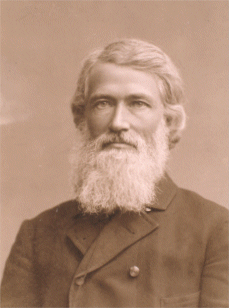Combinationalism
This article is incomplete because it is pending further input from participants, or it is a work-in-progress by one author. Please comment on this article's talk page to share your input, comments and questions. Note: To contribute to this article, you may need to seek help from the author(s) of this page. |

Combinationalism is a political and economic ideology that rose to prominence in the Northern world during the early 20th century. Combinationalism is based around the dual mandate principle, which claims that the purpose of the state is to maximize both individual liberty and social justice. Combinationalists argue that these two objectives inherently conflict, and thus policymakers are obligated to seek out the most efficient and least intrusive means of solving socioeconomic issues. Combinationalists also claim that the state should avoid market intervention altogether when other institutions such as churches, families, and community organizations would provide superior solutions, and their ability to do so should be actively encouraged and strengthened by government policy. Adherents of the movement are diverse in their views, but generally support limited government, property rights, subsidiarity, free trade, familialism, optimal taxation, and welfare reform.
Combinationalism developed in Waldrich during the late 19th century. The philosopher Knut Arvidsen is widely credited with laying the ideology's philosophical foundation with his 1887 essay Property and Justice, which coined much of the terminology associated with combinationalist discourse. After the Recession of 1924, combinationalist movements entered the political mainstream in several countries in TBA as a center-right solution to the social question. TBA became the first nation with an openly combinationalist government in 1930, when TBA and his TBA Party rose to power in the aftermath of the TBA. Combinationalism spread to Calesia after the Great War, when it was embraced by Gregorian democratic parties to serve as a model for post-war reconstruction. Waldish Lawspeaker Karl Fjellheim was an early proponent of Calesian combinationalism, enacting a series of economic and social reforms during the 1940s that became known internationally as the Waldish model.
Political scientists generally categorize combinationalism as a center-right ideology, occupying a middle ground between the interventionist approach of ordoliberalism and the laissez-faire approach of classical liberalism. However, combinationalism remains difficult to classify due to the significant ideological diversity between different movements. As a result, combinationalism has often been referred to as a “big-tent” ideology unified only by adherence to the dual mandate principle.
Etymology
History
Philosophy
Dual mandate principle
The dual mandate principle is a concept in combinationalism which argues that the only two objectives of the state are to maximize individual liberties and social justice. Despite the vast ideological heterogeneity within combinationalism, the vast majority of combinationalists consider the dual mandate principle to be a foundational belief. Combinationalists argue that the mandate's two objectives are inherently in conflict, and that this conflict serves as the central political question in modern society. For example, directly combatting the injustice of poverty requires the state to confiscate wealth from other individuals, thus violating their right to property. Conversely, refraining from wealth confiscation altogether allows the state to fully respect the liberties of its citizens, but leaves it powerless to uphold social justice by alleviating poverty. Combinationalists view both outcomes as morally unacceptable, resulting in the "paradox of the state" - the situation in which state action and inaction are both inherently unethical. To rectify this predicament, combinationalists argue that the state's legitimacy relies upon its ability to find the least bad outcome, essentially achieving a Pareto efficient moral status quo.